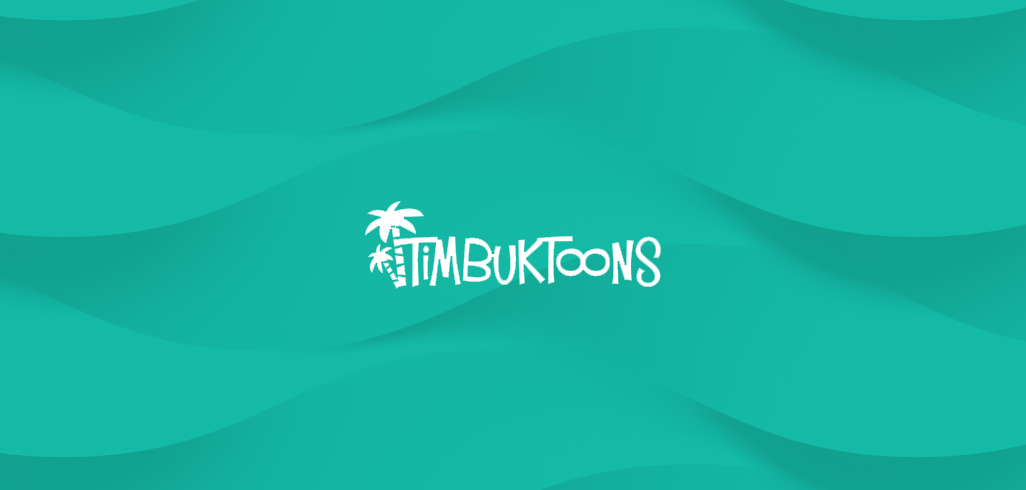
15 Things I Learned From Marcelo Vignali

Marcelo Vignali, presenter at 2011 CTN Animation Expo. Vignali is Art Director at Sony Pictures Animation.
Recently I went to the 2011 CTN Animation Expo in Burbank, CA. Each workshop I signed up for had something inspiring, eye-opening, confirming, or challenging. Of all the workshops, one of the most impactful for me personally was Marcelo Vignali’s.
From CTN’s website:
For over 25 years Marcelo Vignali has carved out a name for himself in various industries, from commercial illustration, television animation, computer gaming, theme park design to feature animation — from Disney’s Mulan, Lilo & Stitch, to Surf’s up, to Cloudy with a Chance of Meatballs — enjoying the reputation of being one of the entertainment industry’s top talents.
Here are some of the key things I picked up from the discussion and a few questions I had the opportunity to personally ask him. This is a random list of key statements in no particular order. There was much more he talked about but these are the things that most resonated with me at this stage as an artist. Also, most of these are not word-for-word quotes, but a synopsis of what he was saying as I franticly tried to capture the key points he was making.
ON VISUAL DEVELOPMENT
- Avoid convention and work from the source. In America, we tend to mimic someone’s style instead of going to the source and finding our own artistic voice. You have to draw from your experience.
- When drawing from a POV you have to ask what the point of view is from the perspective of a background, prop, or character.
- In 2D, the background artist sets the visual language. In CG the set and prop designers do.
- On R&D, I sketch what I want to see first, then I get reference because you need a target. If you don’t know anything about the subject you can spend hours researching things you don’t need. Yes, they might help, but most clients won’t pay for endless research hours. Also, I draw a ton of thumbnails first. A friend of mine calls them ‘menu sketches’ because I’m creating a menu of details to choose from.
- Everything about your art goes back to story.
- Sony does a different look every film.
- Simplify your design by focusing on what’s needed. Lose the rest. Clean-ups often lose the energy of the rough. Pretty people eventually lose your attention, but interesting people don’t. It’s that odd thing that stands out. When something is too polished or too resolved it loses interest.
ON STORY
- Develop your ideas fully. You can’t over think your ideas. You can over design it, but you can’t over think it.
- It’s not so much how to make a good film but how to unmake a bad one. You will hit problems.
- The biggest difference between TV and features is that in TV you CAN’T develop a concept fully. The duration and schedule won’t allow it. Features have to be 90 minutes of engaging and well thought out story to be really successful.
ON STUDIO CULTURE
- I got to Disney Animation in 1994 after being at DIC and Disney Imagineering. The culture at Disney Animation at the time was not one of camaraderie. You build camaraderie in a sweatshop where you are shoulder to shoulder. Sony is closer. Smaller.
ON DEVELOPING AS AN ARTIST
- When you sketch you should be at your most comfortable place. The Cintiq isn’t it for me until I map out and know the core of what it is I’m working on. I need to be loose on paper with nothing taking me out of the zone. I don’t use the Cintiq for initial concept sketches. I sketch on paper. Xerox paper on clip board in a chair outside is my zone.
- I forgot who I was in art school. Look at who you were as a kid when you were in the zone. You have to draw from the place inside where the 13 yr old kid is. What did you draw when you were 13?
- You have to develop your own sense of taste, your own visual language. Do only what you are good at.
- Hide details. Tease the viewer. Draw the viewer in. That’s where I am personally in my career. Comics, CG, 2D, visual story, illustration.
I’ll be sharing my notes from other workshops as well as notes from my pitch meetings in LA in upcoming posts.
